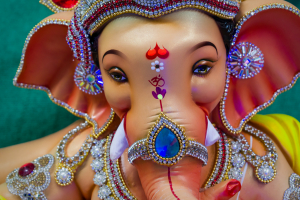Top 7 Interesting Facts About Lord Byron
Scandalous – this is just one of the many things that describe the life and times of Lord Byron. He was intrigued alive as he was dead – in fact, his epitaph ... read more...describes him as “mad, bad, and dangerous to know.” While he has done many questionable activities, his works have earned him acclaim as one of England’s greatest poets. Here are some interesting facts about Lord Byron.
-
It's possible that Lord Byron, 6th Baron Byron of Rochdale, is the most well-known Romantic poet of all time. His writing is still widely read today. He had the right to a seat in the Lords because he was a lord (taking the title after the death of his great uncle, the 5th Baron Byron, in 1798), and this article covers the time when he was active in the House. Although he was seated in the Lords in 1809, the majority of his activities there occurred between early 1812 and the summer of 1813.
His subsequent financial difficulties, great literary career, and personal issues caused him to spend little to no time at home, and, between 1816 and his death in 1824, he resided abroad. Before he was well-known for his poetry outside of a small London elite, he aggressively pursued a political career in 1812, giving his first speech on the Framework Knitters Bill. Since Byron wrote a lot of letters, it is possible to trace his ascending career in the upper House and to understand how a young peer may break into politics in the absence of a specific sponsor from his published correspondence as well as from other sources of current information.
While his numerous relationships with women served as the inspiration for the majority of his poems, his time as a politician also produced a number of pieces. Some political poems that Lord Byron penned, include "Song for the Luddites," "The Landlord's Interest," "Wellington: The Best of the Cutthroats," and "The Intellectual Eunuch Castlereagh."
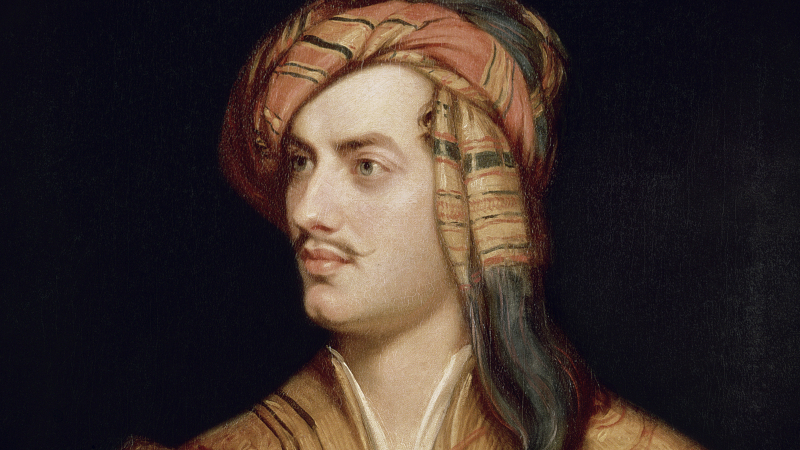
Photo: https://www.bl.uk/romantics-and-victorians/articles/lord-byron-19thcentury-bad-boy 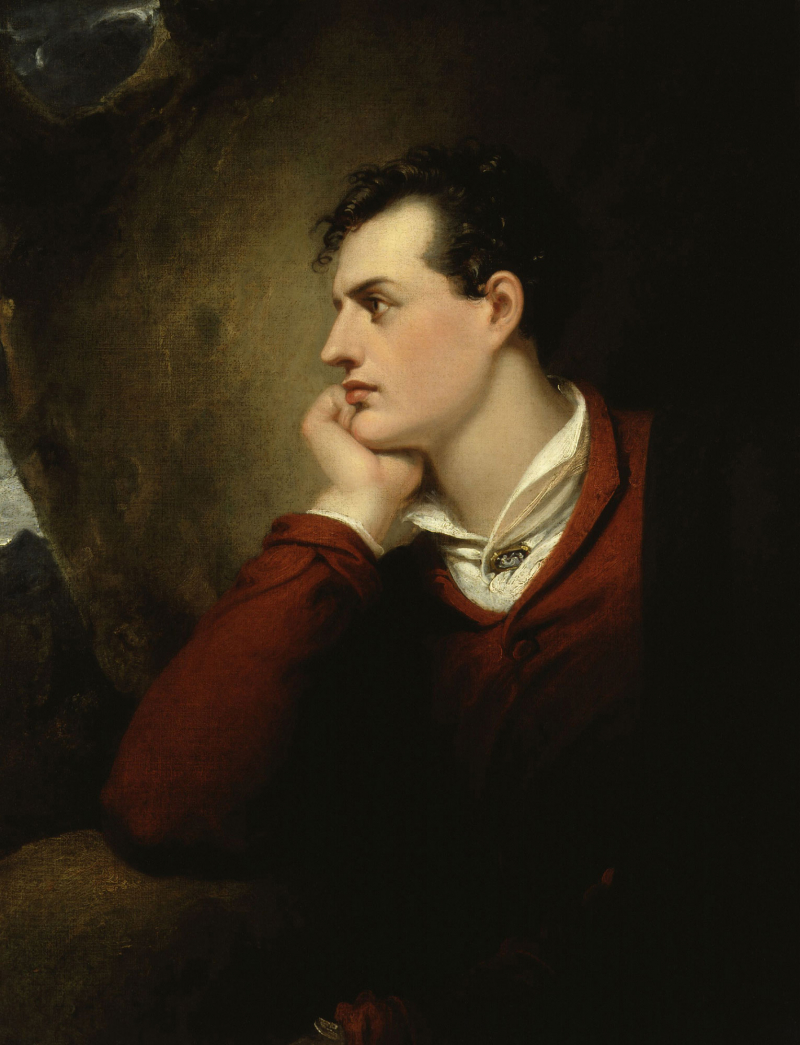
Photo: https://en.wikipedia.org/wiki/Lord_Byron -
Without a doubt, Lord Byron's personal life was as well-known as his writings. In light of the fact that he reportedly had a sexual encounter when he was just 9 years old, his affairs could be compared to adult literature. It was rumored that Byron had an incestuous relationship with Augusta Leigh, his half-sister. Augusta's third daughter, Elizabeth Medora Leigh, is thought to be his offspring.
Although he is viewed as a playboy because of his numerous amorous liaisons, long-lost records seem to indicate that Lord Byron was bisexual. Lord Grey De Ruthyn, his mother's suitor, allegedly made passes on him while he was a little boy, causing the inclination to develop. His sexuality was affected by this, and he continued to have affairs with men while attending college in Cambridge and Harlow.
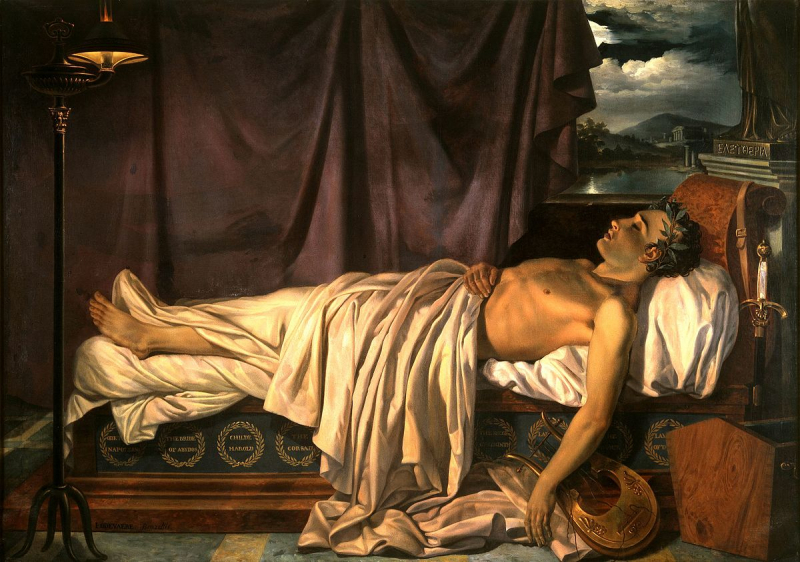
Photo: https://de.m.wikipedia.org/wiki/Datei:Lord_Byron_on_his_Death-bed_c._1826.jpg 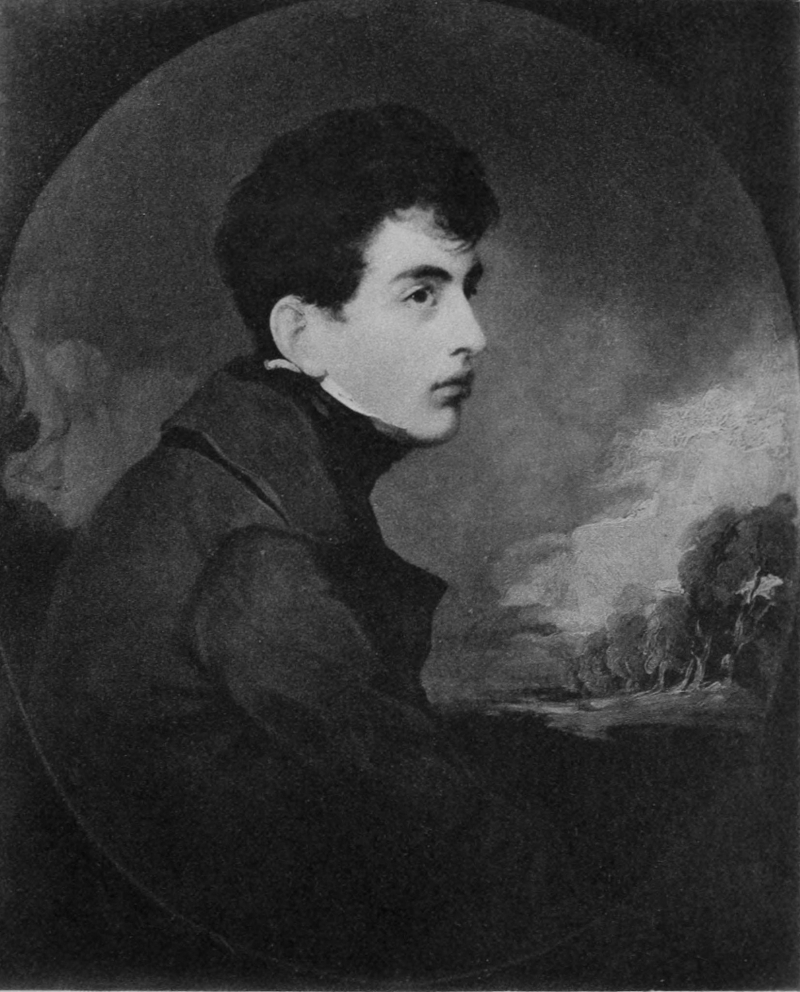
Photo: https://en.wikipedia.org/wiki/Early_life_of_Lord_Byron -
In 1816, Lord Byron departed from England and headed to Switzerland. An important fact is Lord Byron's friendship with Percy Bysshe Shelley and his second wife, Mary. Both were exiled due to their scandalous relationship, just like Byron. Percy was still married to his first wife when he fled with Mary.
In addition to providing him with the company throughout his exile, the couple introduced Byron to Claire Claremont. A romance developed between Byron and Mary's lovely stepsister, as was to be expected. Allegra, Byron's second daughter, was born in 1817, and her mother was Claire.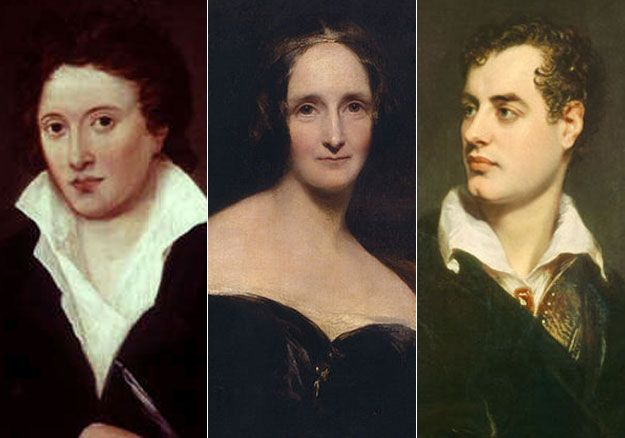
Photo: https://www.pinterest.com/pin/386817055475468319/ 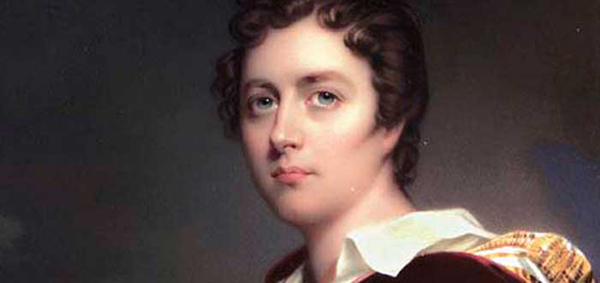
Photo: https://mary-shelley.fandom.com/wiki/Lord_Byron -
It's an interesting fact about Lord Byron: although he had two daughters, Augusta Ada Byron was his sole biological child. Just a few months after Ada Lovelace, his wonderfully named child, was born, he abandoned her with his ex-wife, Lady Anne Isabella Milbanke. Sadly, that was Byron's last encounter with his firstborn.
Despite this tragic tale, Lovelace was unaffected by growing up without a father. As a child, she focused on math and science, which were not typically taught to girls in the 1800s. She carried this love throughout her teenage years when she attended the University of London to seek a degree in mathematics.
Charles Babbage, often regarded as the "father of the computer," served as Lovelace's mentor. Her notion concerning engines that can repeat a string of instructions—the looping technique that modern computers use—was influenced by his works. She is regarded as one of the world's first computer programmers as a result. Because of how well esteemed her contributions are, the US Department of Defense gave her name to their computer language, "Ada."
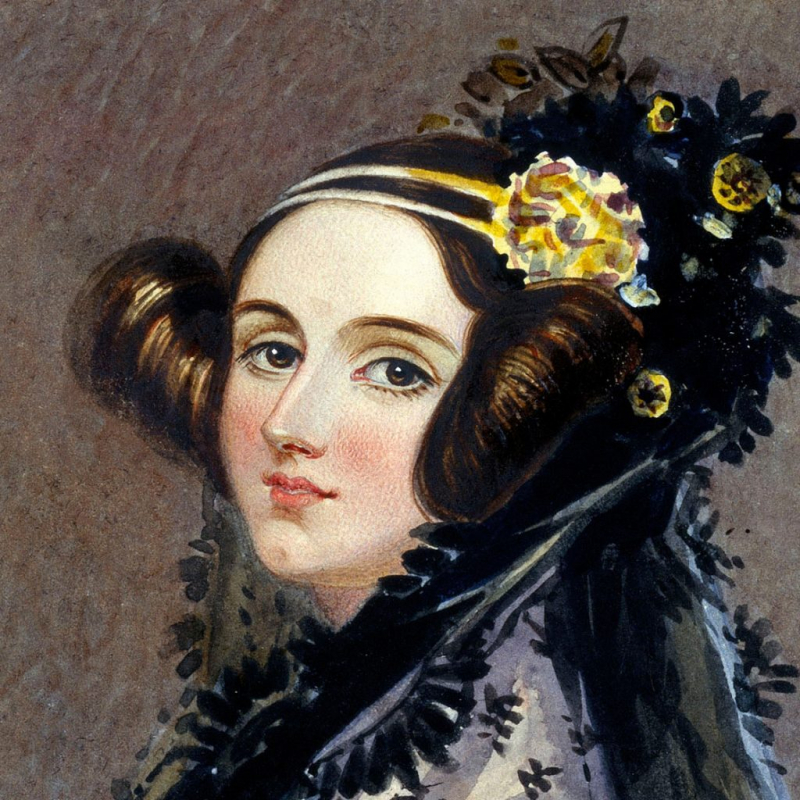
Photo: https://sites.google.com/a/xtec.cat/teens/people/scientists/ada-lovelace 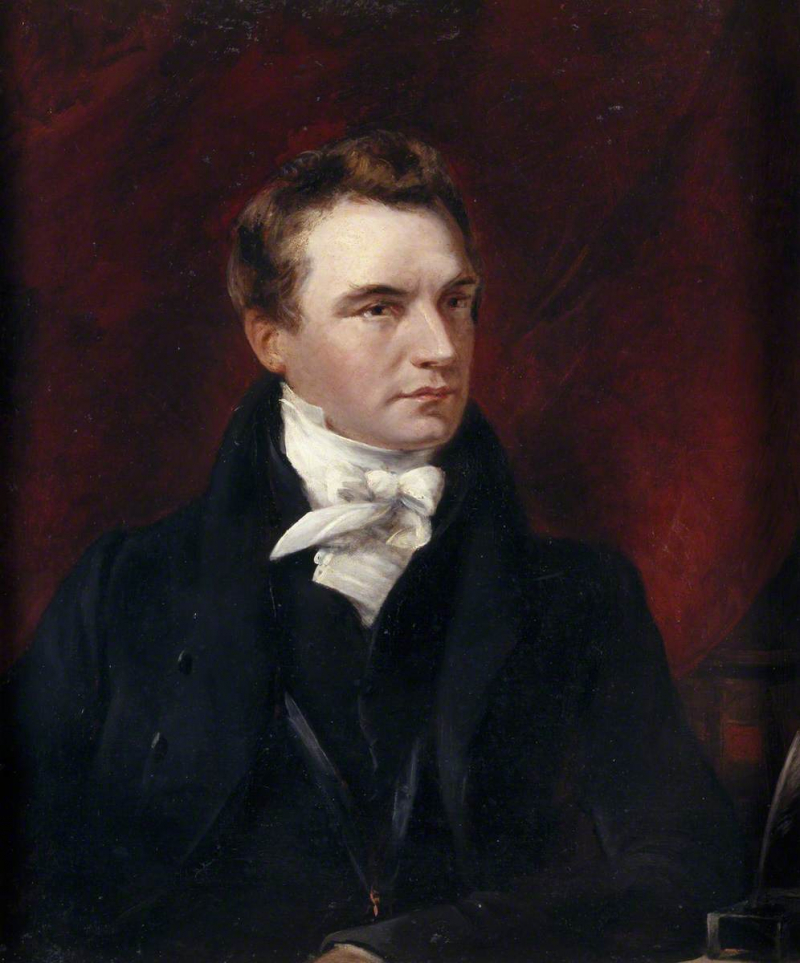
Photo: https://poesveryattractivecousin.wordpress.com/2018/07/08/ada-lovelace-and-lord-byron-who-has-the-kavorka/ -
Lord Byron recommended the party spend a rainy afternoon crafting ghost stories while spending the summer of 1816 at Lake Geneva with the Shelleys. Frankenstein was created by Mary Shelley, and William Polidori, Byron's physician, created "The Vampyre," the tale that served as the basis for later adaptations like Dracula and Twilight. Based on a literary concept by Byron himself, this vampire story, which attracted a lot of interest because it was first published under Byron's name, was widely read throughout Europe. The vampire in the narrative was a brand-new breed. Before Werner Herzog's Nosferatu, vampires in European folklore were depicted as filthy, spectral peasants and villagers with fingernails that resembled talons.
Polidori's vampire, in contrast, is wealthy, aristocratic, and bogged down by boredom - much like Byron himself. Lord Ruthven, the name of the vampire, can be traced back to Byron since Lady Caroline Lamb, one of his former lovers, invented a villain by the name of Lord Ruthven Glenarvon, who was inadvertently composed as retaliation against Byron. The eyes of Lord Ruthven are icy grey. He associates with the most elite members of high society, making it impossible to know what he is thinking. Although he is well regarded, he is a covert predator seeking to seduce the upright with his charms—traits that are typically Byronic.
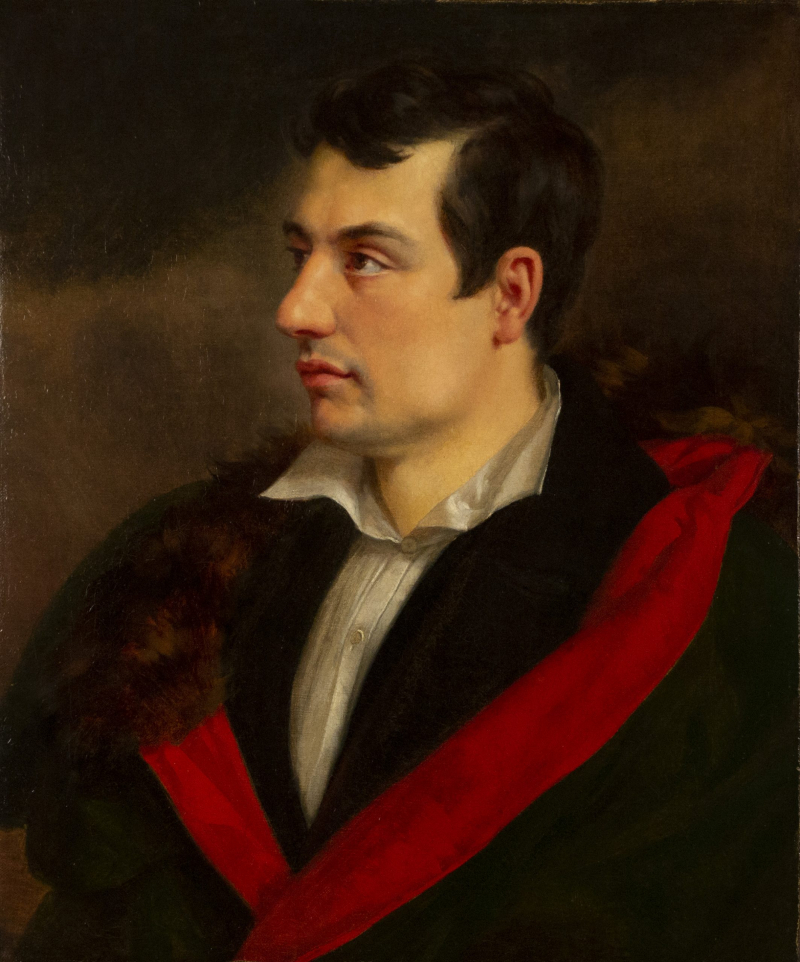
Photo: https://forward.com/news/126315/the-tribe-that-bites/ 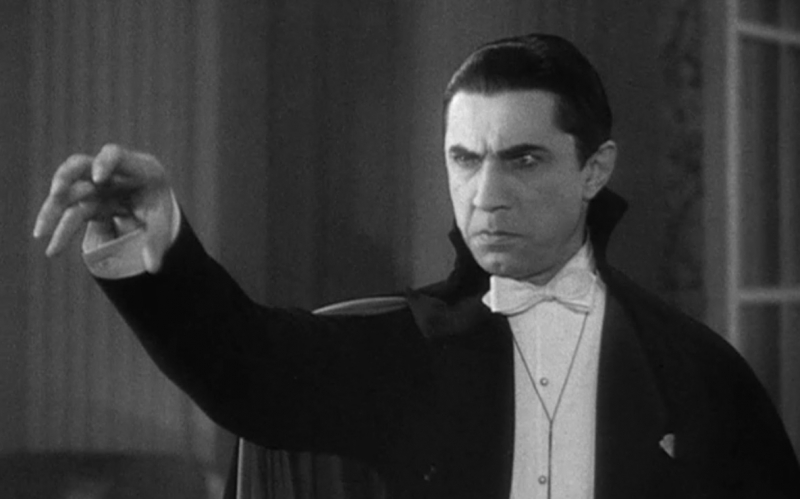
Photo: https://theculturetrip.com/europe/united-kingdom/articles/7-strange-facts-about-barmy-baron-byron/ -
There were animals in Lord Byron's life all the time, giving him genuine, unconditional love. During his time in Cambridge, he learned that all pets were prohibited (wanting his bulldog Smut to live in his dorm). Because of his irritation, Byron decided to get a domesticated bear. He took great pleasure in the fearful emotions as he led the bear around the grounds on a chain like a dog.
Byron made an effort to enroll the bear in school. "I have a new friend—a tame bear", he declared. He should sit for a fellowship, I said in response to their question about what I should do with him. Later in life, he kept a menagerie in his Venice house. This arrangement is described by his close friend Percy Shelley as "Lord B's establishment," which includes 10 horses, eight gigantic dogs, three monkeys, five cats, an eagle, a crow, and a falcon. Five peacocks, two guinea hens, and an Egyptian crane were just introduced to me on the grand staircase.
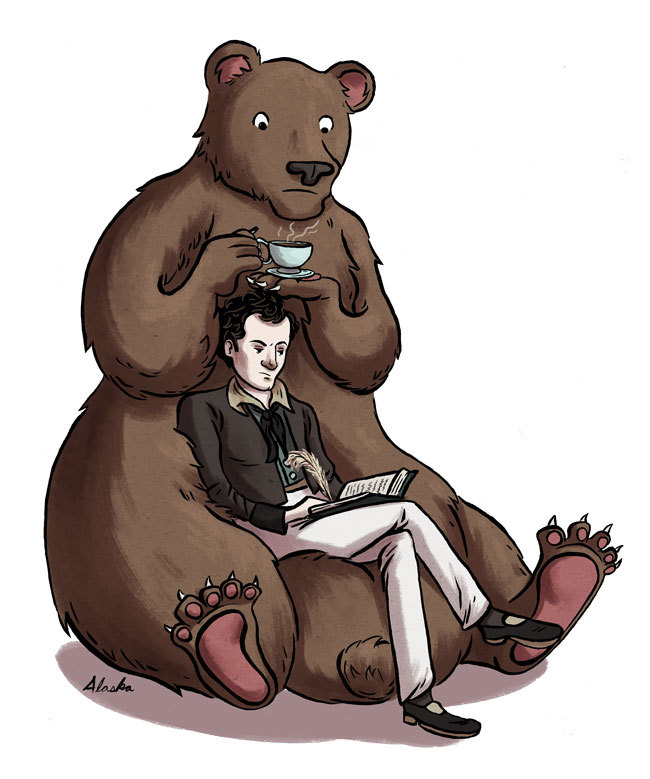
Photo: https://alaskaskellum.tumblr.com/post/73270296405/when-lord-byron-attended-trinity-college-he-got 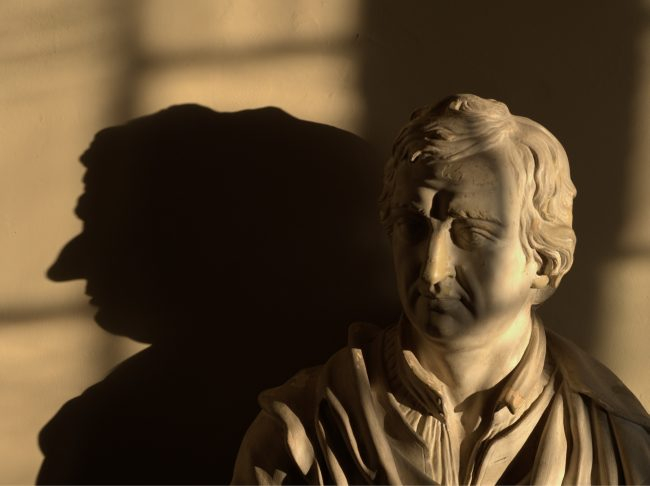
Copy: https://www.britannica.com/biography/Lord-Byron-poet -
Lord Byron was born with a deformed right foot, which many contemporary accounts suggest was a clubfoot. This congenital affliction consists of several abnormalities that Byron displayed, including a withered calf, a short leg, and an inward twisting of the ankle, causing him to walk on the side of his foot rather than on its sole. Other proposed diagnoses do not account for these observations.
Experts, however, are still debating whether it’s hip dysplasia or a consequence of infantile paralysis. Byron’s clubfoot did not receive appropriate treatment when it might have been corrected at an early age. Despite his disability, he grew aware of this, primarily because of the painful treatments he had to undergo to correct the condition. Despite this, he called himself "le diable boîteux,'' or the limping devil. His deformity caused him to sometimes engender derision.
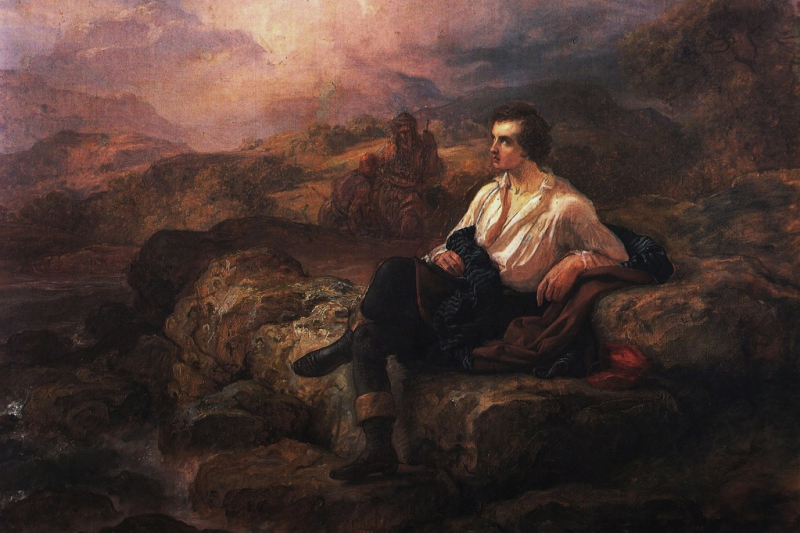
Photo: https://www.wikidata.org/wiki/Q52211589 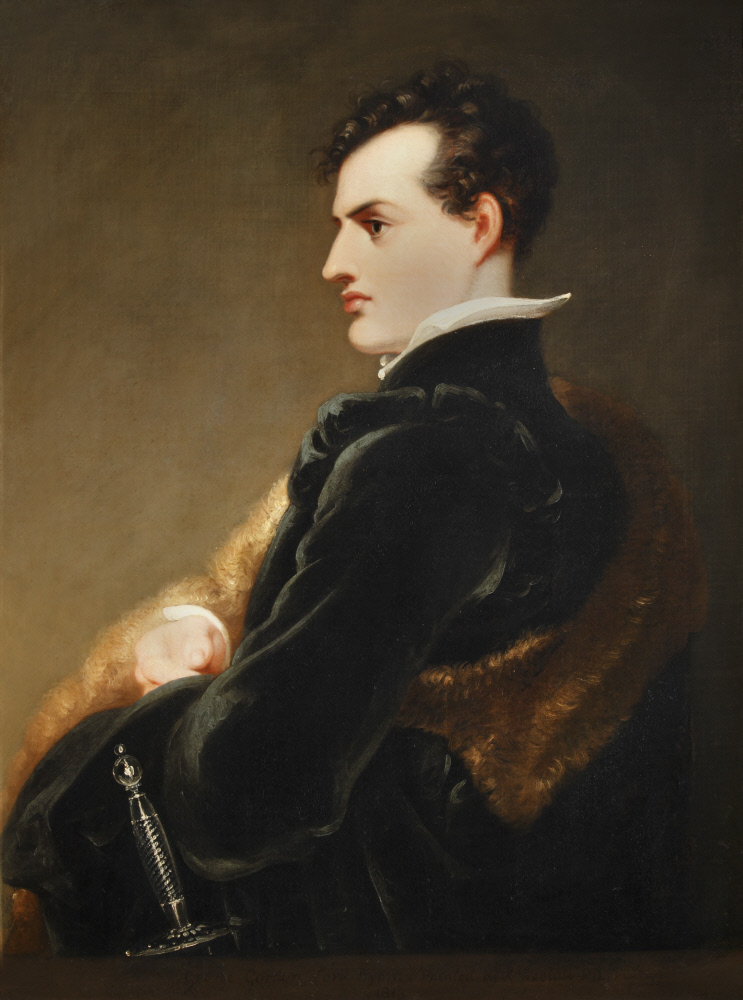
Photo: https://classicalpoets.org/2019/10/19/lord-byrons-darkest-secrets-and-greatest-poetry/









